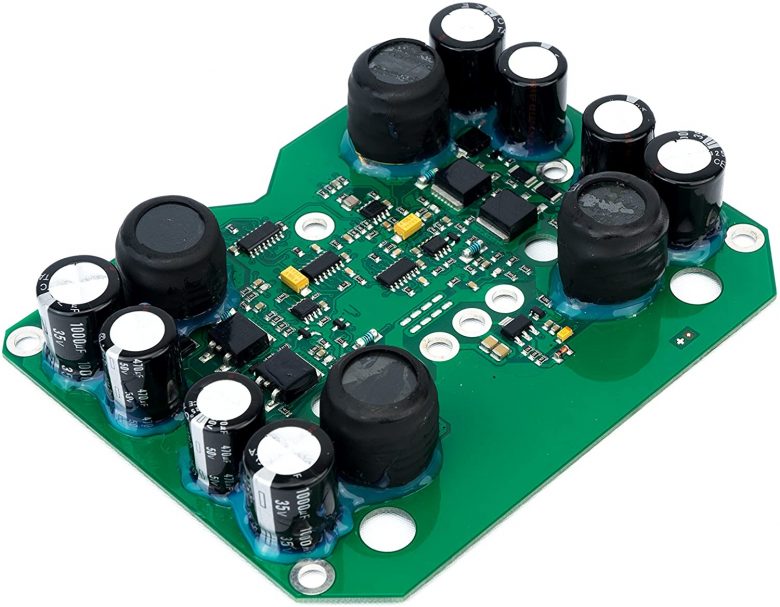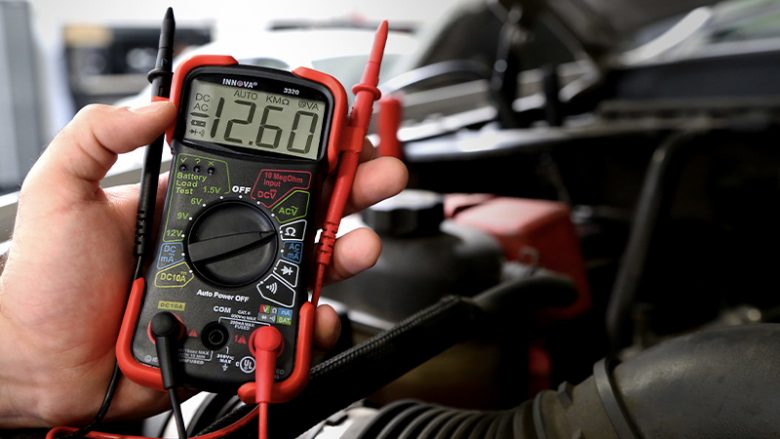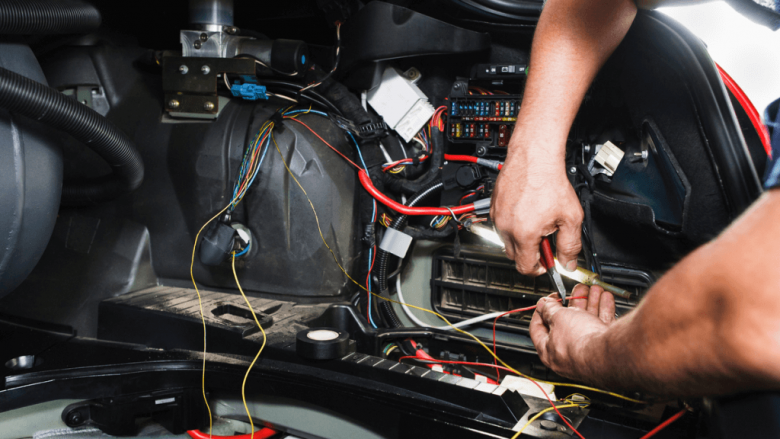The Ford FICM 6.0 has been known to give some very common problems. These problems may be minor but they do make life a bit hard.
A car is basically a very trusted commodity and a safe mode to travel. Problems in the engine usually stress people out as not everyone understands the engines and how they work.
Keeping all this aside, a problem in your car should never be ignored and should be looked at immediately. Driving around in a car that malfunctions can be risky and problematic.
A lot of people simply send their car to the service station when they experience the slightest of problems and don’t try to fix it themselves. It is expensive and also keeps you away from learning some basic functions of your car.
So let’s dive into some basic and some complex knowledge about the FICM 6.0 from the source of UpFix.com and read about the problem symptoms and solutions to fix it.
What are the symptoms of a faulty Ford FICM 6.0?

There aren’t a lot of symptoms that lead to a faulty. A lot of people get this module changed for a variety of reasons but they only end up wasting their money.
The only two problem symptoms you really need to worry about are when you cannot start your car at all and when you experience misfires.
The misfires are also a very wrongly understood symptom. People who start looking at the module during misfires when the temperature is cold are misguided. It will only be at fault if the misfire happens at all temperatures.
Calibration problems, powertrain component faults, and its malfunctions are some issues that also produce symptoms similar to a faulty product. Thus it is essential to read the symptoms very carefully and pay heed to the correct guidance.
Checking the voltage with a FICM scanner
A scanner is not easily available but if you somehow get your hands on it you will be able to diagnose the voltage problem easily. Once you connect the device you will need to keep the engine running. An optimum voltage reading for a Ford FICM 6.0 reading should be above 45 Volts. If the voltage reading is below 45 volts then you might have a problem with the Fuel Injection Control Module that might have to be replaced.
In the case of 0 Voltage reading, you might have to check for other fault issues like a fuse or a faulty relay. If this is the case then you might not have to replace the whole thing.
Checking the voltage with a voltmeter

If you have problems finding a FICM Voltage meter then you can also use a normal voltmeter and use it directly.
The FICM comes in two variants with respect to the pins. One has 4 pins while the older version has 7 pins. Let’s learn how to connect each of these to a voltmeter in order to check the reading. The procedure is the same for FICM’s with 7 screws, except that you will be checking voltage at a different screw. Put the positive lead on the left-most screw in the row of 4 screws. If the voltage is above 46 volts in all the tests, your FICM is in excellent condition. If it is between 36 and 45 volts its OK, but not great. If it is between 25 and 35 volts, you have serious problems.
-
7-pin fuel Injection Control Module
To start off remove the cover that protects the screws. Once you see the screws you connect your volt meter’s positive lead to the top left screw and connect your positive lead to the negative battery terminal. Now crank your engine and note the reading on the voltmeter. If the readings are below 45 Volts then you need to replace the Fuel Injection Control Module. We have already discussed what to do if the reading shows 0 Volts.
-
4-pin fuel Injection Control Module
Just like the 7-pin FICM, you will start by removing the cover protecting the screws of the 4-pin Fuel Injection Control Module. After that, you will need to connect your volt meter’s positive lead to the far right screw and connect your positive lead to the negative battery terminal. Now just like the 7-pin counterpart, you will again check the reading to see if it drops below 45 Volts and come to a conclusion.
-
58 Volt Fuel Injection Control Module
There are also upgraded FICMs that run on 58 Volts. These are fitted with resistors to conceal the actual electric potential from the car’s computer. Because of this, the scanner will not be able to pick up the correct voltage. Thus for a 58 Volt, you will have to use a voltmeter directly on the FICM to check for any electric potential fluctuations.
Wiring Issues

Just like other electoral units the fuel Injection Control Module can also face issues with wiring. Common problems like corrosion, loose connections, and earthing.
To fix this or even to check it you will have to move the whole harness of wires and check them physically.
Look out for any loose connections that need to be tightened or any part of the wiring that has been exposed.
It is known to experience such problems and is not an easy fix. This obviously does not mean that you panic and get the part replaced. Follow these steps to check and diagnose the problem yourself and then lean towards an action accordingly.
PHP offers a DIY programmer that incorporates 4 projects to look over that can build your motor’s pull and furthermore found to expand fuel mileage on a stock 48 volt and 58-volt. This programmer offers the Economy, 40hp, 80hp, and 100hp levels. We likewise offer you the capacity to send in your Fuel Injection Control Module and we can program one of the four. It streaks that the PHP programmer offers for $150. Connector braids are accessible simply on the off chance that you have broken or worn connectors that are needing substitution. Call us or look at our site for additional data.


